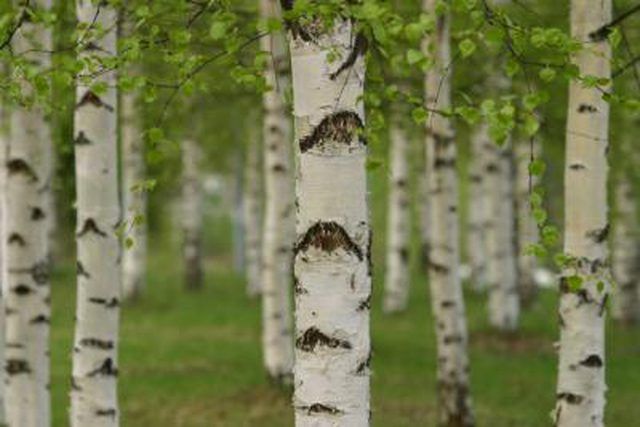Bulbs
Flower Basics
Flower Beds & Specialty Gardens
Flower Garden
Garden Furniture
Garden Gnomes
Garden Seeds
Garden Sheds
Garden Statues
Garden Tools & Supplies
Gardening Basics
Green & Organic
Groundcovers & Vines
Growing Annuals
Growing Basil
Growing Beans
Growing Berries
Growing Blueberries
Growing Cactus
Growing Corn
Growing Cotton
Growing Edibles
Growing Flowers
Growing Garlic
Growing Grapes
Growing Grass
Growing Herbs
Growing Jasmine
Growing Mint
Growing Mushrooms
Orchids
Growing Peanuts
Growing Perennials
Growing Plants
Growing Rosemary
Growing Roses
Growing Strawberries
Growing Sunflowers
Growing Thyme
Growing Tomatoes
Growing Tulips
Growing Vegetables
Herb Basics
Herb Garden
Indoor Growing
Landscaping Basics
Landscaping Patios
Landscaping Plants
Landscaping Shrubs
Landscaping Trees
Landscaping Walks & Pathways
Lawn Basics
Lawn Maintenance
Lawn Mowers
Lawn Ornaments
Lawn Planting
Lawn Tools
Outdoor Growing
Overall Landscape Planning
Pests, Weeds & Problems
Plant Basics
Rock Garden
Rose Garden
Shrubs
Soil
Specialty Gardens
Trees
Vegetable Garden
Yard Maintenance
How to Tap Birch Trees for Sap
How to Tap Birch Trees for Sap. You may tap any variety of birch for sweet and tasty sap. Sometimes black and golden birch sap, with their distinct wintergreen flavor, are preferred. But birch sap from any sort of tree–deep, velvety and perhaps carmel-like–has a complex and versatile flavor. Birch sap also contains vitamin C, manganese,...

You may tap any variety of birch for sweet and tasty sap. Sometimes black and golden birch sap, with their distinct wintergreen flavor, are preferred. But birch sap from any sort of tree–deep, velvety and perhaps carmel-like–has a complex and versatile flavor. Birch sap also contains vitamin C, manganese, potassium and calcium. Though birch syrup production is growing in Alaska, birch tapping is not so common elsewhere. Perhaps it is because more than 100 gallons of birch sap are needed to make a single gallon of birch syrup. The sap has other uses as well. Some people drink the sap straight, while it also finds its way into soups, salad dressings, candy, and even beer and wine.
Things You'll Need
Drill
5/16-inch drill bit
Drill brace
Spiles
Hammer
2 squirt bottles
Water solution with 10 percent bleach
Water
Collection buckets
Break off the tip of a small birch branch. If sap oozes out, then the tree is ready to be tapped.
Drill an inch-deep hole in the birch tree about waist high. Use a brace and drill at a slightly upward angle of about 10 percent.
Tap the spile gently into the hole with a hammer. Squirt a 10 percent bleach solution into the hole to discourage bacterial growth, and then rinse it out with water. Hang the bucket on the spile.
Repeat the process on other birch trees. Usually, only one tap per tree is recommended.
Collect the sap daily. If the weather is warm, keep in mind that birch sap spoils quickly so more frequent collection may be necessary.
Discontinue sap collection as soon as the birch tree buds. At this point the sap gets cloudy and the taste changes drastically. Pull the spiles out of the birch trees and allow them to heal by themselves. Placing anything on the holes does more harm than good, according to the University of New Hampshire Cooperative Extension.